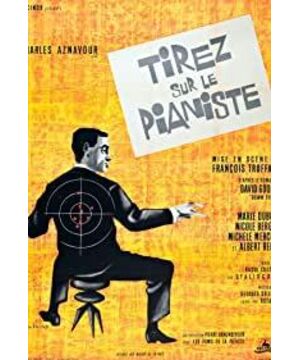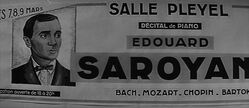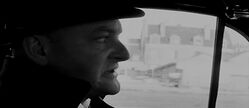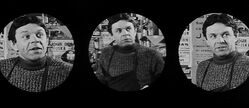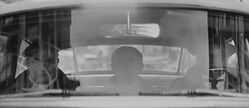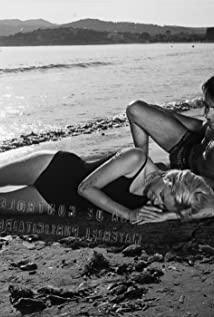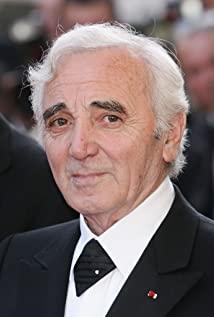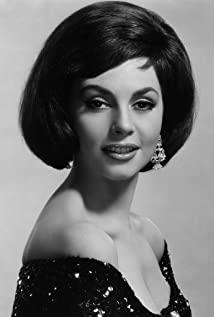In 1960, it was the golden age of the new wave of French cinema. French director François Truffaut was arguably one of the high-profile film artists of his time. Compared with "Four Hundred Blows", "Shooting the Pianist" can be said to be the most unknown, but it can't hide the artistic achievement and far-reaching significance of this film. Satire and thoughts on human love.
The title starts with a moonlight chase scene. The title uses a fast and continuous editing. The mix of lights, characters, and roads makes people overwhelmed. It is very author's movie style. Sa Luoyang seeks his brother's pianist Charlie to avoid the pursuit. Help, Charlie helps his brother escape. The relationship between the characters is established in a few strokes, concise and neat.
The pianist has two relationships. The first relationship is introduced by means of reminiscences. Charlie is actually a pseudonym. His real identity is Edward, a pianist. His wife is a waiter who met in a bar. Luckily, It was also here that he met the agent who appreciated him.
Here is a particularly interesting scene. When Edward was about to step into the door of the broker's office, although there was no deliberate psychological description, it alludes to the struggle in his heart. Here Truffaut uses the technique of pushing the mirror, from small to large, from the panorama To the close-up, and finally to the close-up of the finger ringing the doorbell, it feels a little close. The time is very short for more than ten seconds. This can be said to be the ultimate psychological description. Later, Edward's career rose and became famous. Pianist. But in a dispute with his wife, he learned that all this was a transaction, a bureau of the agent's department, and she was just a bait to lure Edward into the bait, but she truly loved Edward.
Although Edward told himself that he must never abandon his wife, emotion prevailed over reason at that moment. Edward slammed the door and his wife committed suicide. Distraught Edward hid in an obscure bar and became a piano accompanist in it, under the pseudonym Charlie.
At the bar, Charlie met Lena, the second relationship waitress, and Charlie, who rekindled the light of love, was ready to re-enter the gate of art and regain his identity as Edward. But fate may play tricks on people like this, beautiful love is short-lived. Accidentally involved in this cruel life and death escape. The god of luck did not favor Lena, who shared life and death with Charlie. In the fierce battle, Lena was unfortunately shot and died. At the end of the credits, Charlie returns to the bar, and Edward is shot.
Although this film is a new wave film, it uses a leftist approach, so it can be said that it is well integrated. The psychological montage that the left is best at is docilely configured by Truffaut. The protagonist Charlie in the film can be said to be a metaphorical group of artists who yearn for love, and art serves love, satirizing the ugliness of the French interest society in the 1960s. In this era, elegant art has become a money plaything or love in the hands of people, which also has obvious interests. In the film, Charlie's return to Xianyun Yehe's life is a struggle against fate and humanity.
In the film, Truffaut arranges the bullet to be shot at Lina, but the effect is really two birds with one stone, killing two people with one bullet. Truffaut is indeed a master without being amazed. This "Shooting the Pianist" can be said to be a fatal shot at the French material society.
View more about Shoot the Piano Player reviews


